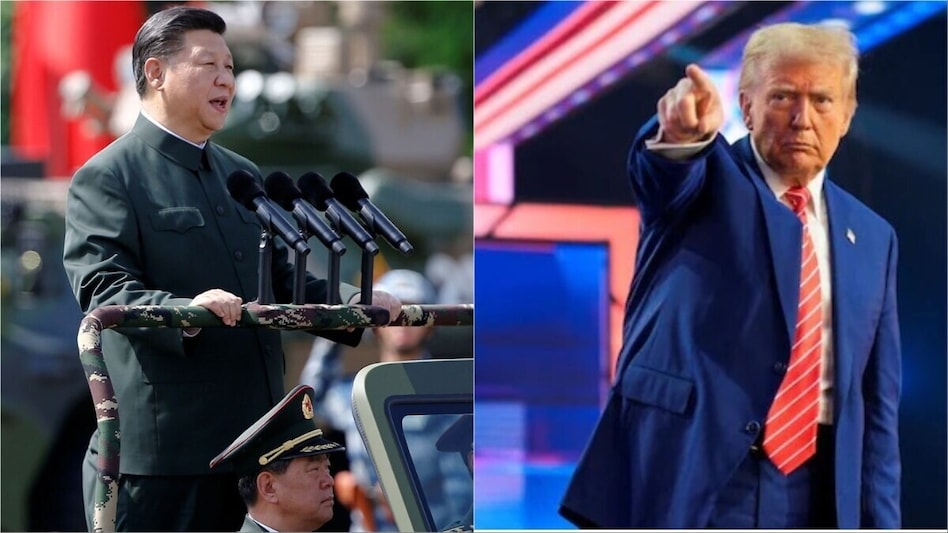 As global markets reel and allies take sides, the trade war is teetering on a new edge.
As global markets reel and allies take sides, the trade war is teetering on a new edge. As global markets reel and allies take sides, the trade war is teetering on a new edge.
As global markets reel and allies take sides, the trade war is teetering on a new edge.The intensifying trade war under Donald Trump is generating substantial turbulence in global markets, with U.S. businesses facing potential duties on imports vital for their operations. The U.S. has enforced a 145% tariff, met with a retaliatory 125% tariff from China, unsettling businesses reliant on U.S.-China trade links.
Experts warn of a severe risk to the longstanding economic relationship between these two leading economies if the tariffs persist. Chen Zhiwu, professor of finance at Hong Kong University Business School, told AP: "That would actually lead to a real effective decoupling between the American and Chinese economies."
The tariffs are creating a near-embargo situation, making it challenging for China to export low-cost items like apparel to the U.S. As a result, U.S. businesses may need to seek alternatives beyond Chinese suppliers. This shift comes as geopolitical tensions rise, with Mexico and Canada now leading as America's top import sources, although China maintains a significant role, especially in categories like baby carriages and fireworks.
According to David French, senior vice president of government affairs at the National Retail Foundation, "The consequences of tariffs at this scale could be apocalyptic at many levels."
In 2024, America's goods trade with China reached approximately $582.4 billion, with a trade deficit of around $295 billion as imports rose by 2.8%. The tariffs are projected to reduce U.S. economic growth by 1.1 percentage points by 2025, according to Yale University Budget Lab estimates.
The Trump administration's exclusion of electronics such as smartphones and laptops from reciprocal tariffs acknowledges the challenging prospect of relocating their manufacturing to the U.S. soon.
Despite this exclusion, China still faces a 20% tariff on select electronics, a move that could benefit countries like India and Vietnam by offering them a pricing advantage in the US market. This scenario underscores the strategic shift in global supply chains, with significant implications for international trade dynamics and economic policies.
As tariffs continue to influence market behaviours, businesses and economies worldwide brace for further developments in this ongoing economic conflict.